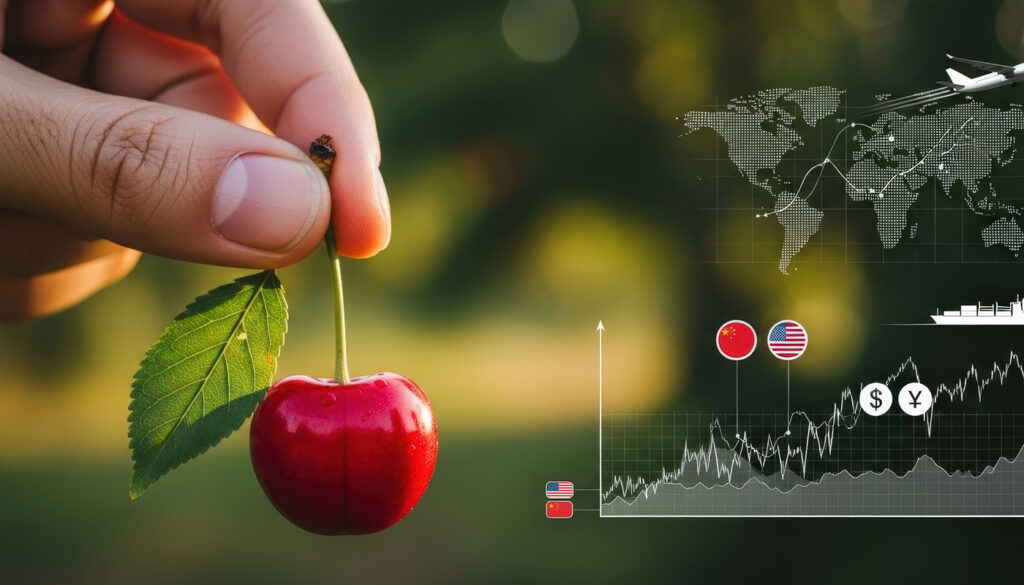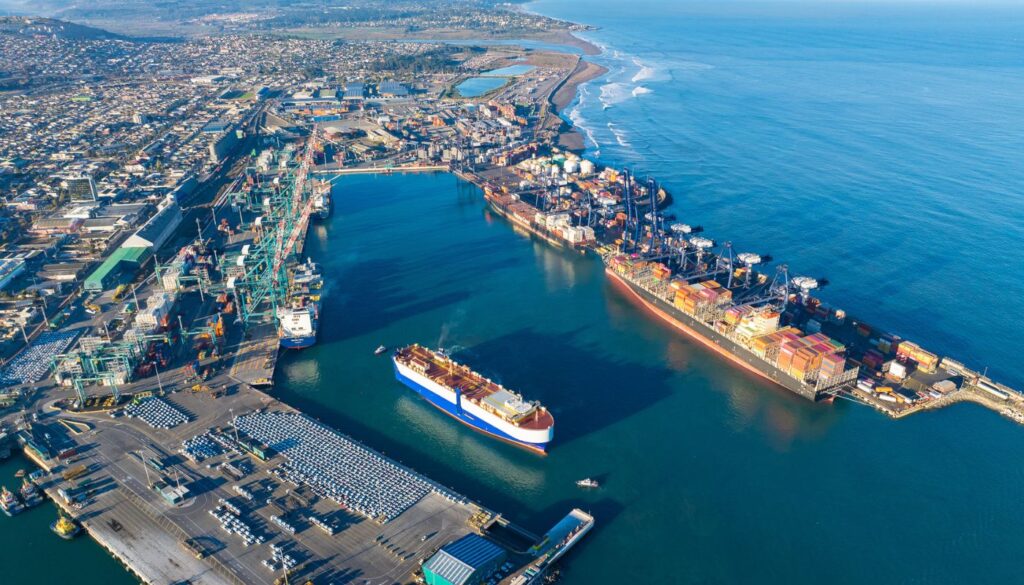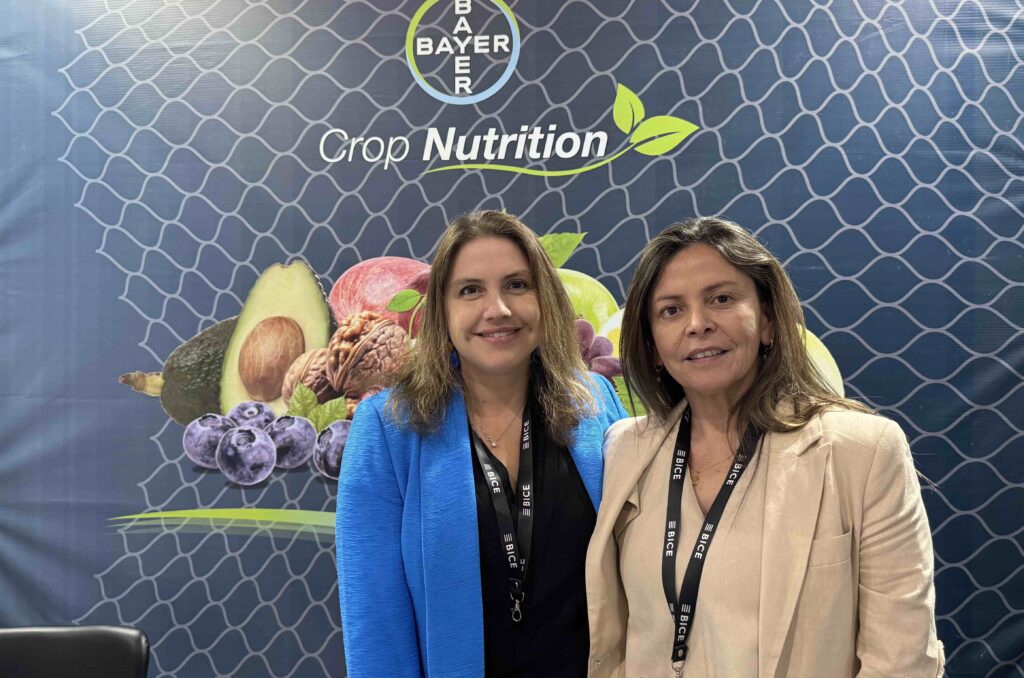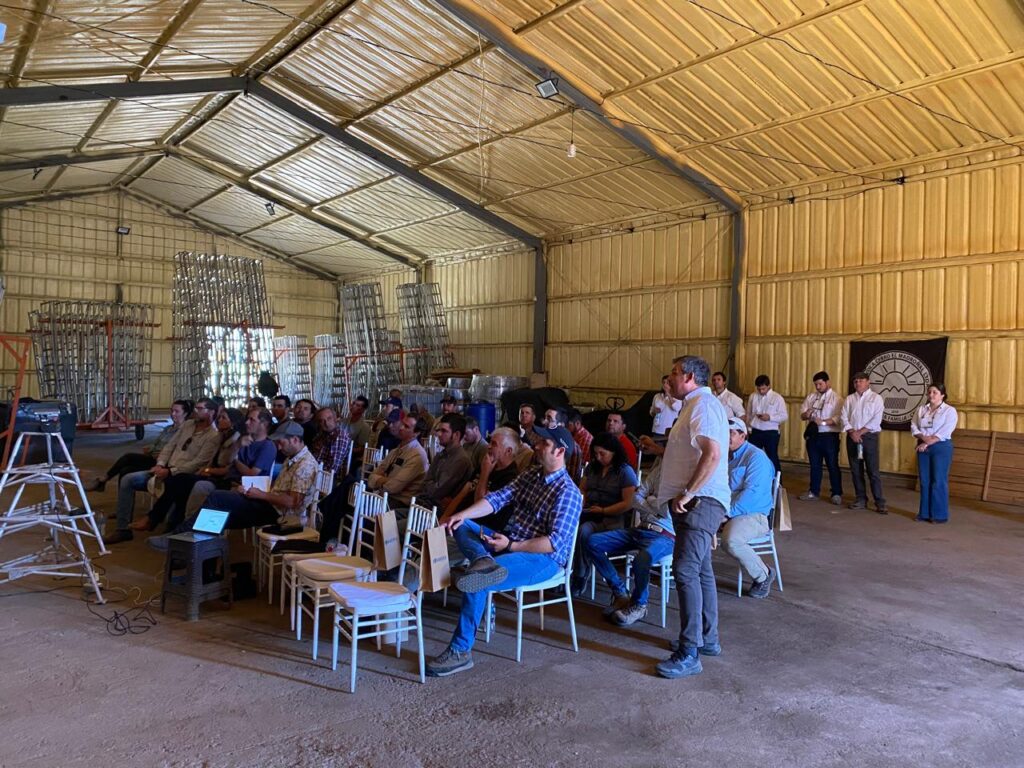Although Chilean cherry exports to Russia have increased in recent years, there are other fresh fruits that top the list of shipments; however, the cherry sector could be affected by other aspects caused by the current war.

Since the outbreak of the war, many have wondered what the impact might be on the Chilean agroindustry. In light of this, the Chilean Fruit Exporters Association, Asoex, together with SHAFFE, Freshfel Europe, and Simfruit, organized an interesting webinar, with the aim of analyzing the current and future consequences for the exports and imports of fresh products, especially fruits.
The event, which was attended by a large number of participants not only from Chile but also from other parts of the world, included analyses by Nelli Hajidu, Secretary General of SHAFFE, Philippe Binard, General Delegate of Freshfel Europe and Charif Christian Carvajal, Marketing Director of ASOEX for the Asian and European markets, who also moderated the event. A video was also presented with commentary by Irina Koziy, editor of Fruitnews Russia, a media outlet specialising in the sector.
“It is a difficult period for exporters from the southern hemisphere. Although the Ukrainian market is much smaller, the Russian market is more important and offers more opportunities for shipments from SHAFFE countries, especially for apples, pears and citrus fruits, which represent 80% of the total fresh fruit shipped to the Russian market,”said Nelli Hajdu, Secretary General of SHAFFE.
There are a number of questions being raised by the fruit and vegetable industry, considering that the war could extend into the new campaign and complicate future shipments or campaigns.
“What will we do with the fruit that we cannot ship to Russia? Will we redistribute it? Where? Will we leave it in the local market? These are all difficult decisions that are being made or will have to be made. In addition, there is concern among fruit exporters in the southern hemisphere related to logistics, as there are ship detentions, there are goods that were on their way but cannot be sent or reach Russia. Added to all this is the rise in container prices that we are already seeing, as well as congestion in ports. In short, it is very difficult to know how the season will develop; it is a season of survival, as many are looking for a way to continue producing and others to sell their products.” Hajdu explained.

In the same area, Philippe Binard, General Delegate of Freshfel Europe, observed:“For us in Europe, the complications began in 2014 with the Russian embargo resulting from the situation in Crimea. This affected more than 2.2 million tons of fruit and vegetables that could not be sent to Russia, a market that was - until then - the main destination for European fruit and vegetables. In addition, within the embargo on European products, fruit and vegetables were the hardest hit with 2.5 billion Euros in effects. Therefore, adapting to the consequences that this conflict may have is not new for us. After the Russian embargo in 2014, came the economic embargo of Algeria, and then last January of this year came the embargo of Belarus, affecting 600 thousand tons, and now with Ukraine 200 thousand more tons are affected. If we calculate everything, it is almost 3 million tons and 3 billion Euros affected.”
Binard said that the complex scenario for exports and imports of fresh products must not only be explained from a geopolitical perspective, but that there are also effects of Covid that must be considered, such as the increase in the prices of inputs and logistics, which are affecting final returns. “What this new conflict brings is the impact on production and exports resulting from the expected shortage of fertilizers and wood for pallets, products that come mainly from Russia and Ukraine. If before a pallet cost 8 Euros, today it costs 15 Euros, which means that it is increasingly more expensive to produce and export.”
Given this situation, he said, it is more complex to predict what the return will ultimately be this season, especially considering that there are higher costs also associated with the availability of labor and certifications.
Coinciding with this, Charif Christian Carvajal indicated that costs in general have increased between 10 and 15 percent. In addition, he pointed out that with inflationary issues, the consumer's purchasing power has also decreased, and fruits and vegetables, which before - especially during COVID - were key to consumption, now depend on this purchasing power.
“That is why SHAFFE is part of a Global Coalition of Fresh Produce Trade Associations to jointly address the cost increases that impact the industry, especially in logistics and inputs. Foods such as fruits and vegetables are critical for global food security, and we believe that this should be the focus when analyzing these types of problems and their solutions,” Nelli Hajdu pointed out.

Europe will not be able to absorb everything
The Freshfel representative also stressed the impact that the redistribution of shipments made by countries that export to Russia, Ukraine and Belarus could have on the European market. “Europe does not have the capacity to absorb nearly 9.5 million tonnes if these volumes are redistributed here. The European market will not be able to absorb them. We are at a time when everyone has to be very responsible about where their products are going to go and how they will be redistributed on the world market.”, he pointed out.
What's happening in Russia?
As for the current situation on the Russian market, Irina Koziy, editor of Fruitnews Russia, while indicating that it is difficult to say what could happen if the conflict worsens, commented that the situation does not look good for the Russian production sector, as banks are asking for rates of 30% to carry out loans, on the other hand, importers are also experiencing complications, in addition to the depreciation of the ruble.
“There is already a massive depreciation of the ruble against world currencies, Russian importers are faced with the requirement of prepayment before the start of any shipment and the impossibility of making payments through Russian banks, transport companies, and many exporters refuse to work with Russian counterparties. Banks are withdrawing decisions on issuing loans to agricultural producers to carry out spring work, and the size of the loan rate at a key rate of the Central Bank's 20% is terrifying to imagine.”, he pointed out.
He added: “For ordinary buyers of fruits and vegetables, the most favorable scenario would be an increase from 50% to 100% in ruble prices to thein light of the changing ruble exchange rate and more complicated logistics.
This scenario can be realized in the case of the earliest end of the“special operation”in Ukraine and reconciliation with the world community.
Figures: Exports and Imports
Charif Christian Carvajal, Marketing Director of ASOEX for the European and Asian markets, was in charge of providing an overview of fresh fruit exports and imports. “The distribution of fruit in the Russian market is highly concentrated in the central region, where Moscow is located, with a 301 TP3T share of the total imported fruit that reaches the Russian market, which is linked to the regional GDP within this country, that is, the central region of Russia is also where the purchasing power is greatest, concentrating nearly 351 TP3T of the GDP. As for the consumption of imported fruit in Russia, almost half is also concentrated in this area.”
Regarding fruits imported by Russia, he explained that the volumes reached 5,580,407 million tons in 2021, while the main species are: citrus fruits (301 TP3T of the total imported fruits), bananas (261 TP3T), apples and pears (151 TP3T), stone fruits (81 TP3T), table grapes and Berries with 71 TP3T of participation respectively. “The main falls have been apples and pears, given that Russia has managed to develop a local production of these fruits.”
In the specific case of Chile, Carvajal explained that Chilean shipments to the Russian market have been showing a downward trend for several seasons now. “For example, in the 2020-2021 season there is a growth of -38%, reaching a little more than 50 thousand tons, whereas in 2019-2020 we exported more than 61 thousand tons, which is also low if we consider that in 2017-2018 we exceeded 80 thousand tons, the main species being table grapes, pears, apples and kiwis.”










